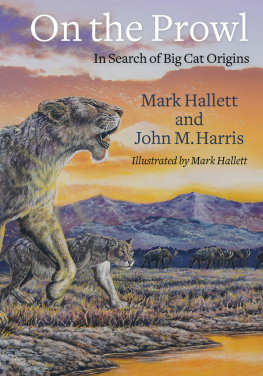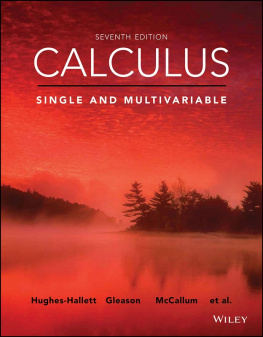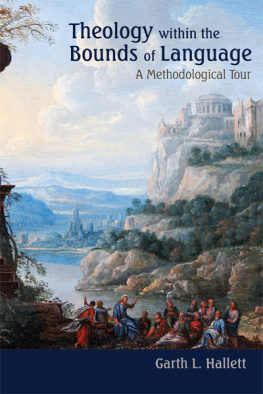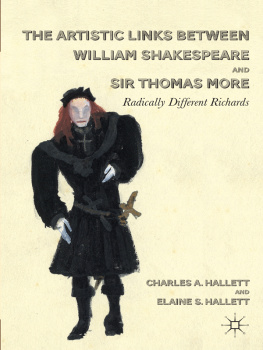Table of Contents
ON THE PROWL
ON THE PROWL
In Search of Big Cat Origins
MARK HALLETT AND JOHN M. HARRIS
COLUMBIA UNIVERSITY PRESS
New York
Columbia University Press
Publishers Since 1893
New York Chichester, West Sussex
cup.columbia.edu
Copyright 2020 Columbia University Press
All rights reserved
E-ISBN 978-0-231-54552-5
Library of Congress Cataloging-in-Publication Data
Names: Hallett, Mark, 1947- author. | Harris, John Michael, author.
Title: On the prowl: in search of big cat origins / Mark Hallett and John M. Harris.
Description: New York: Columbia University Press, [2020] | Includes bibliographical references and index.
Identifiers: LCCN 2019034905 (print) | LCCN 2019034906 (ebook) | ISBN 9780231184502 (hardcover) | ISBN 9780231545525 (ebook)
Subjects: LCSH: PantheraEvolution. | PantheraOrigin.
Classification: LCC QL737.C23 H3326 2020 (print) | LCC QL737.C23 (ebook) | DDC 599.75/5dc23
LC record available at https://lccn.loc.gov/2019034905
LC ebook record available at https://lccn.loc.gov/2019034906
A Columbia University Press E-book.
CUP would be pleased to hear about your reading experience with this e-book at .
Jacket art: On the mammoth steppe of the Trans-Caucasus Range of western Russia, a pride of Eurasian steppe lions (Panthera spelaea spelaea) begins an early morning hunt for reindeer or bison.
Cover design: Milenda Nan Ok Lee
Cover art: Mark Hallett
In memory of Dr. Alan Rabinowitz, whose sacrifices and hard work in understanding the biology of jaguars and other wild cats has provided hope for their continuance on Earth, and of Cathy McNassor, who never met a cat she couldnt bond with
The lions pass a thornbush and melt.
Though the whole day is unbroken
the passage of the sun will represent heaven
the bones will represent time.
Josephine Jacobsen
I feel
the link of nature draw me: flesh of flesh,
Bone of my bone thou art, and from thy state
Mine shall never be parted, bliss or woe.
John Milton
CONTENTS
T he authors wish to sincerely thank the people and institutions that helped make possible the writing, illustration, and production of this book. We especially wish to thank our scientific consultants: Dr. Xiaoming Wang and Dr. Blaire Van Valkenburg.
Dr. Wang is curator of vertebrate paleontology at the Los Angeles Museum of Natural History and an adjunct professor at the Chinese Academy of Sciences, the University of Southern California, and the University of California, Los Angeles. His areas of research focus on the evolution of fossil carnivorans, the late Cenozoic biostratigraphy of Inner Mongolia, and the mammalian evolution of the Tibetan Plateau and its paleoenvironments. He has published extensively on fossil canids and Asian mammalian paleontology; he and his associates discovered the oldest known pantherin, Panthera blytheae, during a 2010 excavation in southeast Tibet. Dr Wang reviewed the written and illustrated material relating to our treatment of the evolution of cold-adapted mammals of the Tibetan Plateau.
Dr. Blaire Van Valkenburgh is professor of ecology and evolutionary biology, curator of the Donald R. Dickey Collection of Birds and Mammals, and associate dean of academic programs in the Division of Life Sciences at the University of California, Los Angeles. She specializes in the study of large carnivoran mammals, and her recent work has focused on parallels between past and present carnivoran guilds, evolution of feeding adaptations, function and evolution of mammalian turbinates, and molecular and morphological evolution within the order Carnivora, Her publications include pivotal studies on the ice-age lions, sabertooths, and dire wolves of the Rancho la Brea fossil site. Dr. Van Valkenburgh reviewed our illustration concepts and text and provided us with current data relating to the overall predator-prey relations of large Asian and North American fossil carnivorans.
Drs. Marina V. Sotnikova and Irina V. Foronova, professors emeriti at the Russian Academy of Sciences, reviewed material relating to the anatomy and phylogeny of Pleistocene lions. The world-renowned wildlife biologist and conservationist Dr. George B. Schaller and his wife, Kay Schaller of the Wildlife Conservation Society, offered warm encouragement from the books conception, reviewed and made invaluable suggestions to our treatment of pantherin conservation, and helped us find tiger consultants and data sources. Dr. Christine Argot of the Muse d Histoire Naturelle, Paris, enabled us to photograph the Pleistocene lions in the museum collections. Kristine Loh and Danielle Garbouchian of the Panthera Corporation helped us obtain needed photographic material. Jun Huangs painstakingly detailed and accurate anatomical models of pantherins provided essential references in drawing. The photographers Bob Osburn and Ethan Crowley kindly permitted us the use of their photo images free of charge. Terri Pope scanned the original drawings. The production artist Karyn Servin turned the scans into master files for publication. Finally, we gratefully acknowledge Marks fellow artist-paleontologist Mauricio Antn, whose knowledge, friendship, and superb renditions of ancient felids were an inspiration in illustrating and writing the book.
A young woman treads the narrow path rising from Silpuri village near the edge of Kanha National Park. Her feet pound softly, syncopating with the click of her ankle bracelets and producing clouds of dust that rise to mingle with the dawn air, barely cool from the stifling heat of the previous day. Shafts of light cut through the shadows of the nearby forest to illuminate tall grass along the path in crisp detail. Suddenly she halts, stops, her gaze locked on two golden, staring eyes inside a concentric maze of coppery-yellow, stark white, and black. The wide brown eyes of the woman are apprehensive; the golden ones of the female tiger, secure and mildly curious. Both are mothers. They are separated physically by a distance of several meters, but the sources of their reactions were crafted millions of years apart, and the passing seconds contain flashbacks of raw flesh, flint blade points, and bullets; of thrusting mountain strata and glacial cold; of gnawing animal and human needs; of royal grandeur, lifeless trophy heads, and now vanished forests. The tiger finally yawns, exposing a long, crenellated pink tongue and yellow, pointed canines, before calmly padding across the clearing and downhill to join her cubs at the streambed. Breathing out, the woman continues along the path to check on her familys rice paddy.
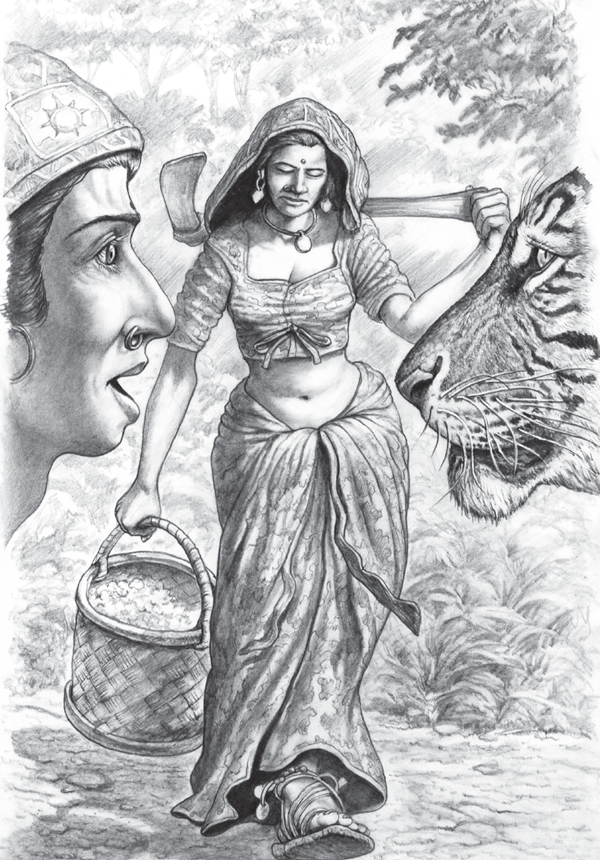
.....
T he great or big cats, known scientifically as the pantherins (terms in boldface type are explained in the glossary), are perhaps the most iconic of carnivores. Our instinctive fear of their lethal teeth, claws, and muscular power is balanced by an equally inborn fascination with their exquisite fur patterns, supple grace, and compelling presence. They have been represented for thousands of years on the walls of caves and palaces, on weapons, and in countless other images, ranging from loaded political symbols to innocent cartoons. As children we grow up with them as legends and myths, but only within the last sixty years or so, in the twilight of the pantherins existence on our planet, have we started to begin to understand their behavior in the wild. We are now in the process of uncovering their origin, and this book will explore what is currently understood on the basis of new discoveries and current scientific interpretations. Although much is still unknown, enough clues have now been uncovered so as to create a tentative, sketchy trail of where the great cats came from, sometimes crossing paths with our own emergence as modern humans. The story of the great cats evolution is based firmly in the fossil record, new interpretations of comparative anatomy, and the decades of patient field studies by wildlife biologists. Where the trail becomes faint, however, we must occasionally resort to intelligent, informed speculation, admitting what we do not know. This new summation in turn provides the basis for how we can work to ensure that pantherins and other wild cats will continue into the future.





